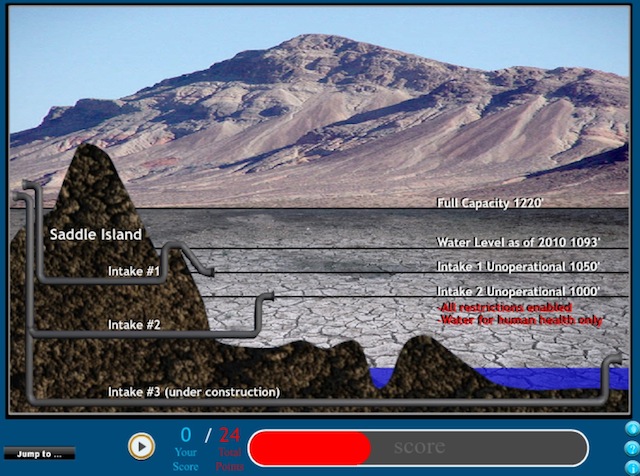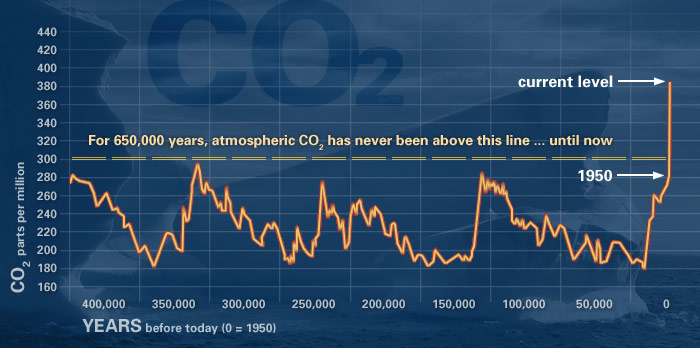LADWP: cheaper to fight than fix
Posted on | March 6, 2012 | 11 Comments
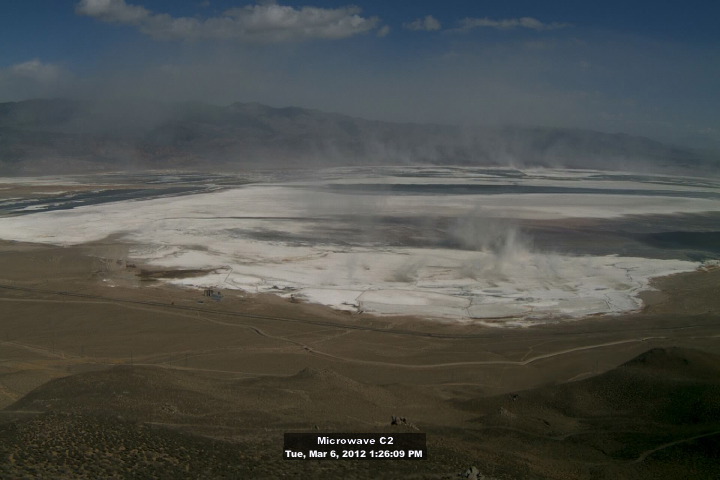
Dust off Owens Lake, March 6, 2012. Source: Great Basin Unified Air Pollution Control District. Click on the image to be taken to district "dust cams."
After suppressing 90% of Owens Valley dust caused by a century of Los Angeles siphoning Eastern Sierra water, the LA Department of Water & Power has sued to stop further remediation work. The move under sophomore DWP general manager Ron Nichols appears to be part of a greater strategy to increase water exports while leaving the affected rural communities tied up in court. The shift under Nichols marks a sharp reversal of the largely good neighbor policy pursued by the four preceding general managers to have served since 2005 under LA Mayor Antonio Villaraigosa. Click here to keep reading
High good, low bad: Mead in February 2012
Posted on | February 29, 2012 | No Comments
According to the federal Bureau of Reclamation, Lake Mead’s much-watched waters were lapping at roughly 1,133.09 feet on this Leap Year evening, when a post normally reserved for March 1st had to be done early in order to be on the road. As levels go, it’s better than last year’s of 1,095.76 and worse than most since February records began in the 1930s. At an admittedly hasty glance, over the intervening three quarters of a century, elevations were only lower from 1935-38, 1955-57, 1964-66, 1968 and 2007-11. The first set of low readings has little to do with scarcity. The lake was filling after the construction of Hoover Dam. The mid-century dips looks like they at least in part reflect construction of the Glen Canyon Dam upstream. The third announces a prevailing drought on the Colorado River combined with ever-increasing demand on a river that Reclamation describes as “over-allocated” between water users in seven US states, tribes and Mexico. Ah, and nature. The total “system contents” are calculated at 67%.
Leaving aside lower-than-ideal snowpack building around the river’s headwaters this year — there’s always room for hand-wringing about that later — this seems the moment to repost a University of Nevada teaching game spotted by the eagle-eyed Michael Campana at WaterWired several weeks ago. In it, players/students are quizzed on their knowledge about the river system and invited to play water manager. The origin of the game being Nevada, the test is rigged. A key segment of the quiz for stretching the supplies of the hypothetical Lake Mead does not allow for curbing population growth in the dry West as a water management tool.
And so the not-so-subtly gamed take-home point seems to insist that more water will be needed, presumably from the Great Basin Aquifer and delivered through a proposed and controversial Las Vegas pipeline. Critics of the pipeline see Vegas’s problem as not a question of inadequate water but non-existent town planning. A real world decision by the Nevada State Engineer charged with granting or denying groundwater for Las Vegas from four rural valleys is expected in March.
Tags: Colorado River > elevations > Lake Mead > University of Nevada
Just say ‘no’ to Cadiz stock tease
Posted on | February 29, 2012 | 1 Comment
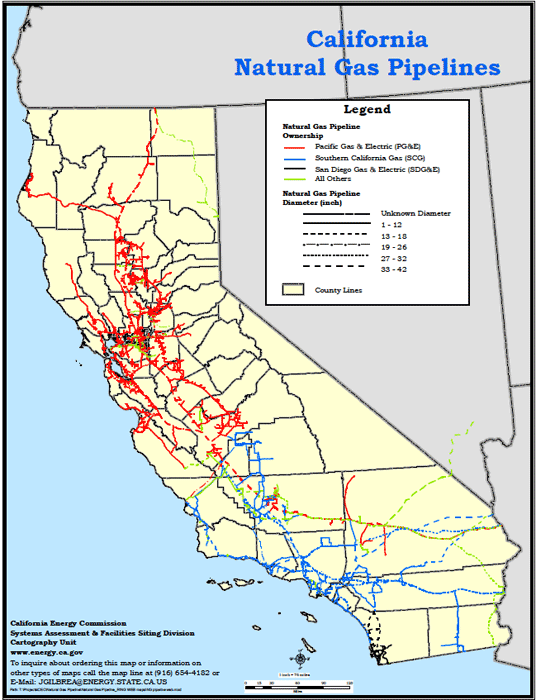
Cadiz, Inc today announced that it has optioned use of a derelict gas line to ship northern Californian water to the Mojave Desert for long-term storage by southern Californian cities. Personally, I’m waiting for the announcement that it will be helicoptering in melting icebergs whose freshwater might otherwise be lost to salty seas. For more than a decade, Cadiz has styled its proposal to pump from 50,000 to 80,000 acre feet of water a year from a Mojave dry valley as a “conservation” project on the grounds that in addition to pulling water it could also conceivably bank surplus water from the Colorado River. Click here to keep reading
Rivers of color
Posted on | February 27, 2012 | 3 Comments
 It was James Wood’s review of Edward St Aubyn’s “At Last” that drove me this rainy afternoon to Vroman’s Bookstore in Pasadena, but it was a smattering of tiles around the rear stairwell and along the risers of the stairs leading to the parking lot that made the trip so much more gratifying than ordering the book on the Internet. I had noticed these tiles before, filthy, bunkered up against Southern Californian glare, but never like today, never basking in the milky light made so evenly luminous by cloud cover and rain. There, today, this tile work by the late Los Angeles mosaic artist Bill Crite amounted to rivers of color, so beautiful that even the camera in a frankly crummy cell phone began to capture their power and spirit.
It was James Wood’s review of Edward St Aubyn’s “At Last” that drove me this rainy afternoon to Vroman’s Bookstore in Pasadena, but it was a smattering of tiles around the rear stairwell and along the risers of the stairs leading to the parking lot that made the trip so much more gratifying than ordering the book on the Internet. I had noticed these tiles before, filthy, bunkered up against Southern Californian glare, but never like today, never basking in the milky light made so evenly luminous by cloud cover and rain. There, today, this tile work by the late Los Angeles mosaic artist Bill Crite amounted to rivers of color, so beautiful that even the camera in a frankly crummy cell phone began to capture their power and spirit.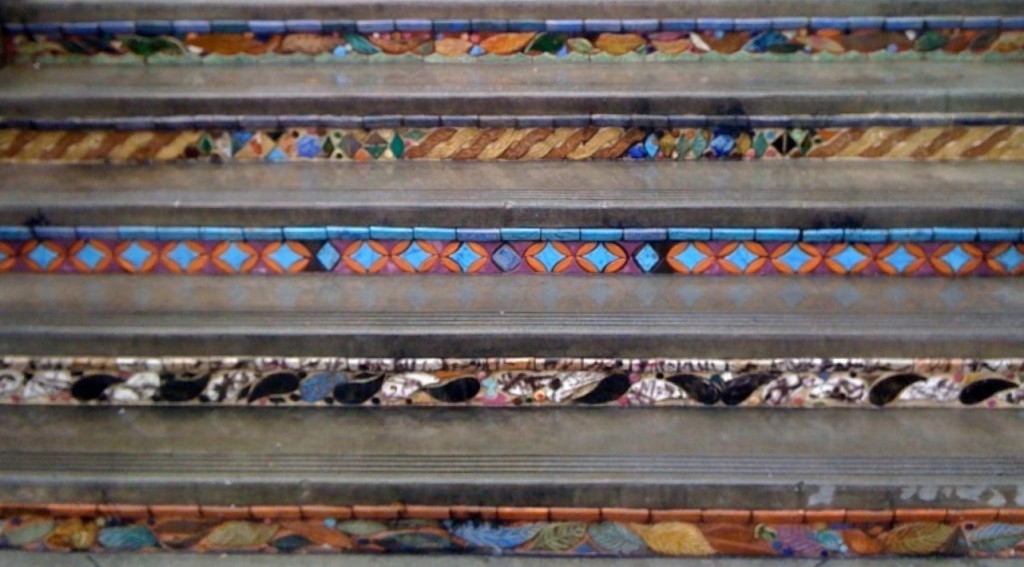
A genius caught between theft and heroism
Posted on | February 21, 2012 | 8 Comments
Peter Gleick did not have sexual relations with that woman. The president of the Pacific Institute did not leak the identity of Valerie Plame then order an investigation to discover who did it. He’s not a cynic. However, California’s leading advocate for realpolitik treatment of climate science stands accused by the libertarian Heartland Institute of “stealing” documents outlining Heartland’s 2012 strategy to undermine popular American acceptance of the clearly established and internationally recognized fact that human activity is driving climate change.
While not calling it theft, Gleick did confess Monday in his Huffington Post blog to having assumed a false identity — apparently that of a Heartland board member — to solicit documents from Heartland.
He sought them, he wrote, because a board package containing either similar or identical documents had been leaked to him by an anonymous source and he wanted to see if they were forgeries.
Satisfied about their authenticity, Gleick then leaked the documents, which led to a February 16 New York Times article tying Heartland to plans to sow doubt about climate change among children in schools.
Four days later, it was Gleick under attack in the New York Times, where shortly after his confession, he was described by reporter Andrew Revkin as having “destroyed his credibility and harmed others.”
“That is [Gleick’s] personal tragedy and shame (and I’m sure devastating for his colleagues, friends and family),” Revkin added.
Before anyone else dresses for a funeral, it merits remembering that Gleick, a former recipient of a MacArthur “genius” fellowship, is innocent until proven guilty. He is not only one of the smartest men in California, but also one of the more honest, the kind prone to confession.
What Gleick did was wrong. In a movie, if a good institute tricked a bad one into into sending it confidential documents containing plans to fill the heads of schoolchildren with lethal hokum, the act might seem heroic. In real life, it might indeed be theft. But “destroyed”? “harmed”? “tragedy”? “devastating”? Shouldn’t those words be reserved for the effects of climate change? And what does it make Peter Gleick for having risked his career in an attempt to spare us destruction, harm, tragedy and devastation?
Update: 2/27/2012: The Pacific Institute today announced that its board has accepted Gleick’s offer to take leave of absence while it brings in independent investigators to review the Heartland affair.
Tags: climate change > Heartland Institute > Pacific Institute > Peter Gleick
